DAC Shield For Arduino Nano using MCP4725
- Rajkumar Sharma
- 15.882 Views
- easy
- Tested
- SKU: EL71156
- Quote Now
This project features an easy-to-use Digital to Analog converter (DAC) shield for Arduino Nano. The project is built using MCP4725 12Bit DAC IC over I2C communication. The shield directly seats on Arduino Nano and also can be used as stand-alone DAC converter that can be connected to other micro-controller board with help of 5 pin header connector. Output is 0-5V. PCB jumper J1 provided to select the address in case of using multiple modules on the same I2C .
Shield also provided with high current driver circuit, which converters voltage to current and can be used to drive Laser diode or LED. Maximum possible load 500mA.
The MCP4725 is a low-power, high accuracy, single channel, 12-bit buffered voltage output Digital-to- Analog Convertor (DAC) with non-volatile memory (EEPROM). Its on-board precision output amplifier allows it to achieve rail-to-rail analog output swing. The DAC input and configuration data can be programmed to the non-volatile memory (EEPROM) by the user using I2C interface command. The non-volatile memory feature enables the DAC device to hold the DAC input code during power-off time, and the DAC output is available immediately after power-up. This feature is very useful when the DAC device is used as a supporting device for other devices in the network. The device includes a Power-On-Reset (POR) circuit to ensure reliable power-up and an on-board charge pump for the EEPROM programming voltage. The DAC reference is driven from V DD directly. In power- down mode, the output amplifier can be configured to present a known low, medium, or high resistance output load. The MCP4725 has an external A0 address bit selection pin. This A0 pin can be tied to V DD or V SS of the user’s application board. The MCP4725 has a two-wire I2C™ compatible serial interfaces for standard (100 kHz), fast (400 kHz), or high speed (3.4 MHz) mode.
The MCP4725 is an ideal DAC device where design simplicity and small footprint is desired, and for applications requiring the DAC device settings to be saved during power-off time.
Schematic
Parts List
Connections
Photos



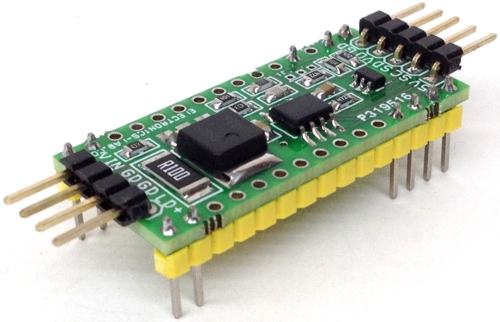
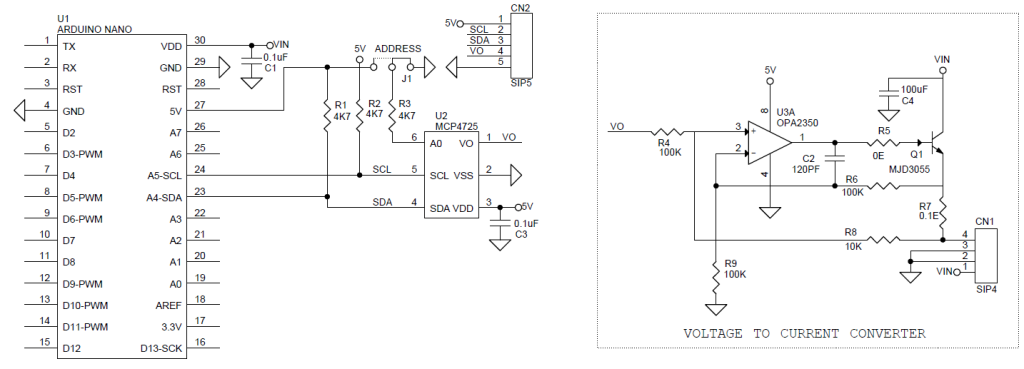
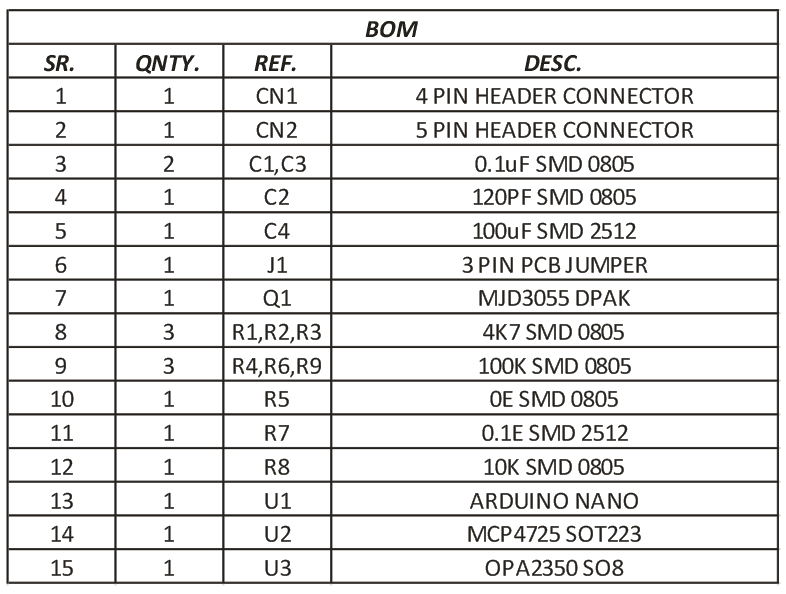

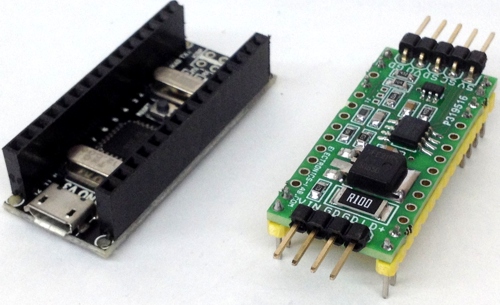
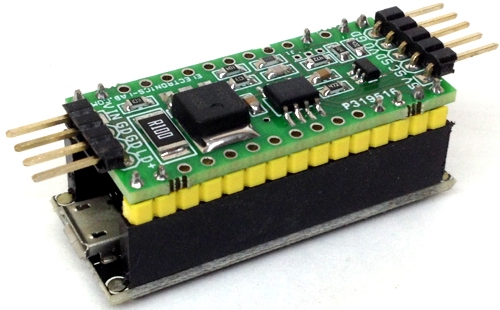
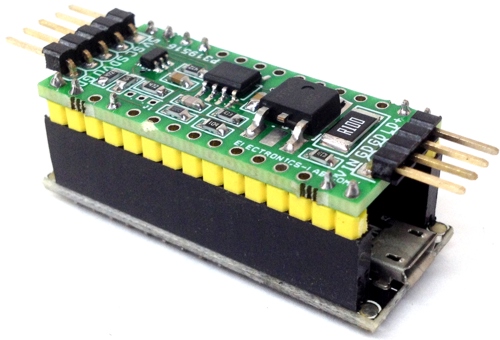

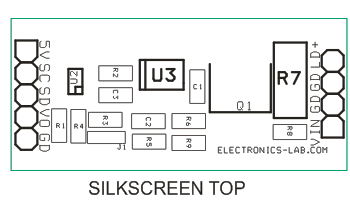
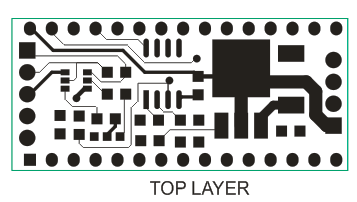
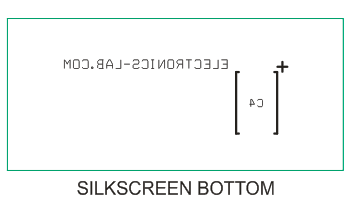
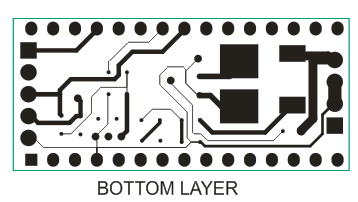
.png)


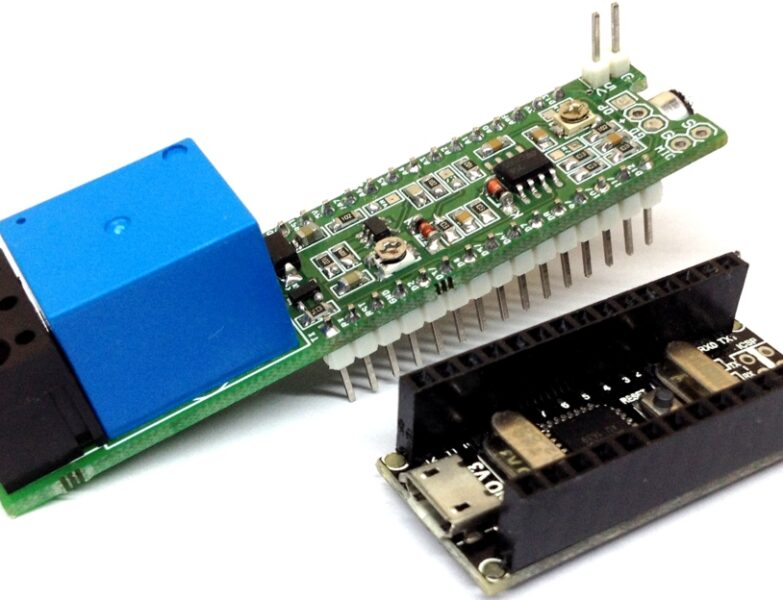

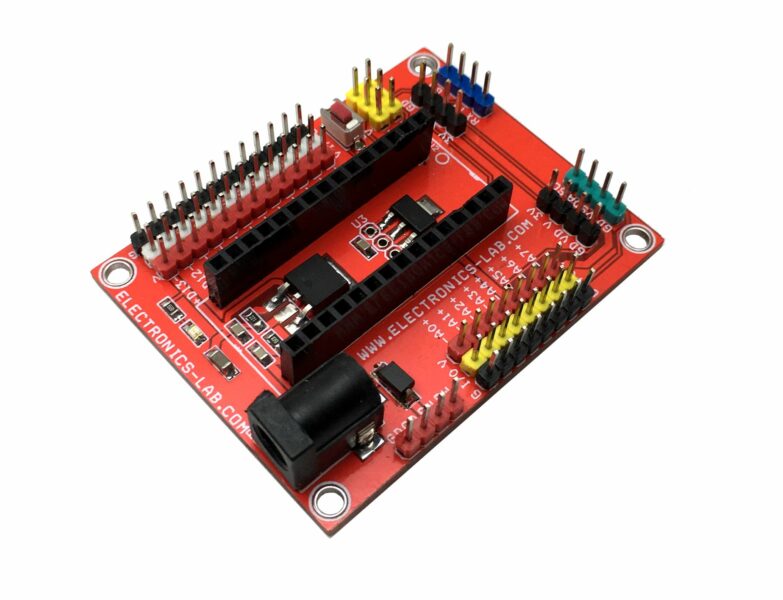
Hi Raj kumar… from your name I guess you are from India ! I have been following your projects for the Nano and the latest DAC one is the best. Kudos for the quality documentation that you provide … keep it up. Raghunathan / Chennai – India